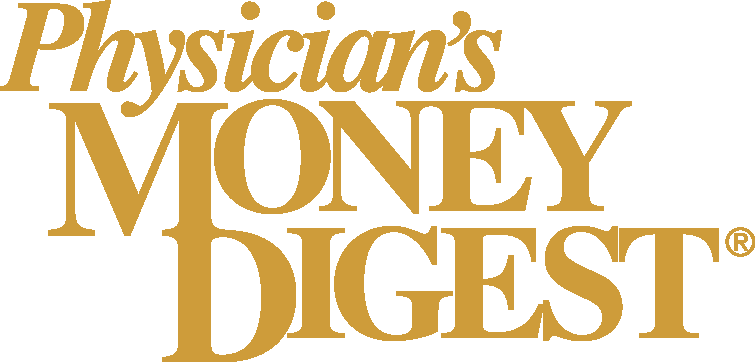
Stanford’s ChatEHR lets doctors talk to the chart — and it talks back
Key Takeaways
- ChatEHR uses large language model technology to facilitate natural language queries and summaries within EHRs, enhancing clinician workflow efficiency.
- The tool is integrated into existing Epic-based EHR systems, reducing friction and administrative burdens for healthcare providers.
Stanford Medicine pilots AI-powered software helping clinicians query patient records, accelerate chart review and automate administrative decisions.
Stanford Health Care is testing a new
“Hi, 👋 I’m ChatEHR! Here to help you securely chat with the patient’s medical record.”
The software, which began pilot testing this year with 33 Stanford clinicians, is integrated directly into the
Built into the workflow
“AI can
The project began in 2023, when Shah and a team including Anurang Revri, vice president and chief enterprise architect for Stanford Health Care, recognized the potential of LLMs for clinical utility. Rather than building a separate app, the developers opted to integrate ChatEHR directly into the existing Epic-based EHR to reduce friction.
“This is a unique instance of integrating LLM capabilities directly into clinicians’ practice and workflow,” said Michael Pfeffer, M.D., chief information and digital officer for Stanford Health Care. “We’re thrilled to bring this to the workforce at Stanford Health Care.”
Faster triage, fewer clicks
The early use cases are designed to reduce administrative burden and time spent hunting for information. Users can ask ChatEHR questions like, “Does this patient have any allergies?” or “What does their latest cholesterol test show?” or “Have they had a colonoscopy? Were the results normal?”
“Making the electronic medical record more user-friendly means physicians can spend less time scouring every nook and cranny of it for the information they need,” said Sneha Jain, M.D., a clinical assistant professor of medicine and early tester of the software. “ChatEHR can help them get that information up front so they can spend time on what matters — talking to patients and figuring out what’s going on.”
The tool is also being tested for use in high-pressure environments like the emergency department, where doctors need rapid access to medical histories.
“It’s not just the chest pain they’re having at that moment that matters — it’s their whole story,” said Jonathan Chen, M.D., Ph.D., a hospital system physician and assistant professor of medicine and biomedical data sciences. “Having ChatEHR boil that down into a relevant summary would make that process smoother.”
From summaries to smart automation
Beyond searching and summarizing, Stanford’s team is building automations that evaluate patient data and recommend actions. One automation, for example, assesses eligibility for transfer to Sequoia Hospital’s patient care unit.
“That automated evaluation saves us the administrative burden of sifting through patient information and helps us quickly determine if a patient can be transferred, opening access to care here at Stanford Hospital,” Shah said. Future automations could help identify hospice eligibility or flag high-risk post-surgical patients.
To ensure quality and safety, the team is evaluating ChatEHR using MedHELM — an open-source framework for assessing LLM performance in real-world medical settings. They’re also working to incorporate source citations, showing clinicians exactly where the tool pulled specific data within the chart.
Scaling up
The pilot phase will inform broader rollout plans. Shah said ChatEHR is being deployed in line with Stanford’s responsible AI guidelines, including accuracy testing, performance monitoring and user education.
“We’re rolling this out in accordance with our responsible AI guidelines, not only ensuring accuracy and performance, but making sure we have the educational resources and technical support available to make ChatEHR usable and useful to our workforce,” Shah said.
The software is not designed to offer clinical judgment or make decisions; it’s strictly an information-gathering tool. But if the pilot continues to prove effective, the implications for clinician efficiency and chart navigation could be significant, especially for physicians spending long hours navigating dense records or managing large patient volumes each day.
Newsletter
Stay informed and empowered with Medical Economics enewsletter, delivering expert insights, financial strategies, practice management tips and technology trends — tailored for today’s physicians.















